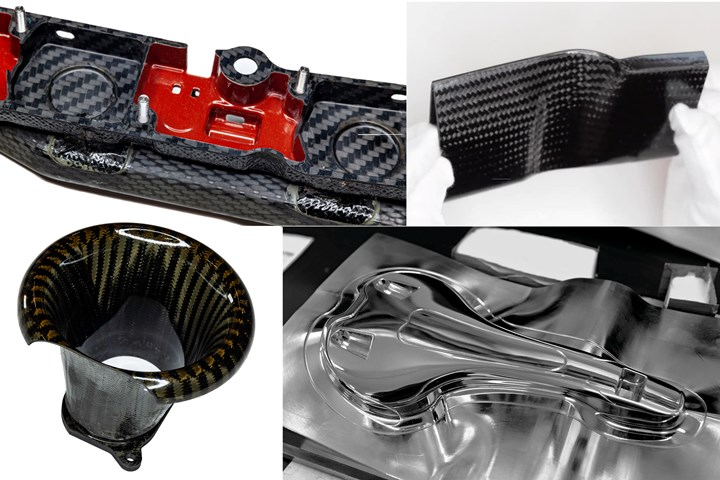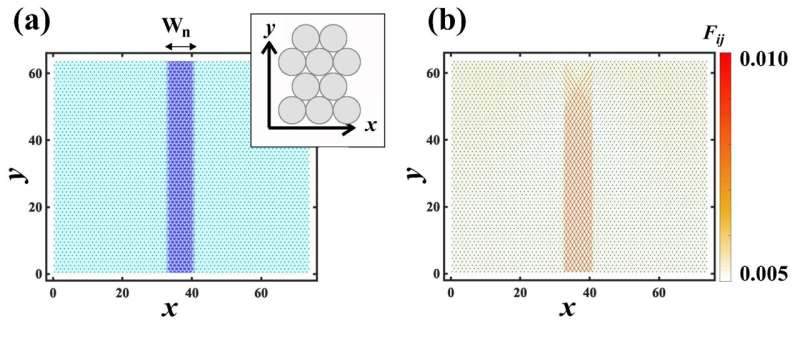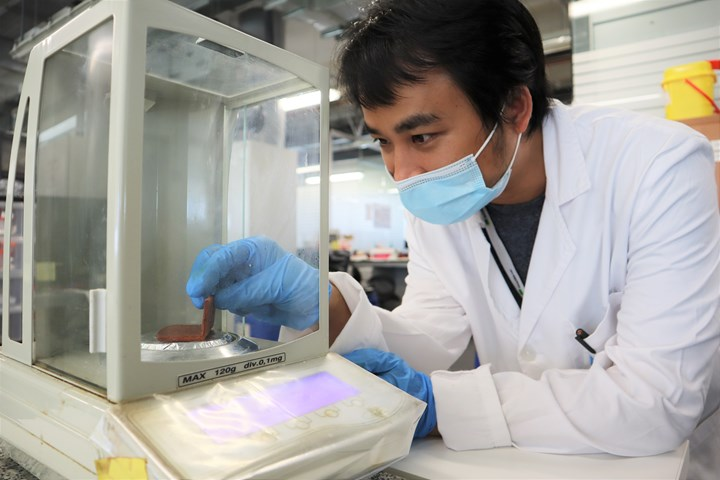An Automatic Drawing Machine for Producing Paper Metamaterials

An Automatic Drawing Machine for Producing Paper Metamaterials Metamaterials are described as synthetically created composite materials whose structured microstructures, rather than the materials’ chemical components, determine their properties. In other words, they are engineered materials with properties that aren’t found in nature. Researchers from Nanjing University has capitalized on those properties by designing an hat uses pens and pencils to transfer metamaterials onto paper. A new paper from that team describes their novel technique, which uses a ballpoint pen with conductive ink to draw conductors and mechanical pencils to draw resistors and resistive films. These were incorporated into a computer-controlled drawing machine that makes the deposition process more automatic with increased accuracy. “Although paper-based metamaterials have been made previously using inkjet printing technology, our drawing technique is lower cost, simpler and more flexible,” explains research







